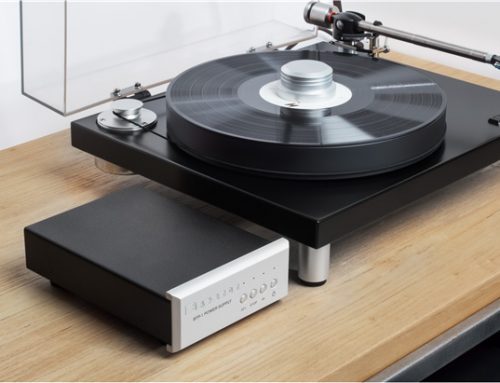Switching, Upscaling and Transcoding:
Dealing with a mix of new and old video sources has presented problems in the past. Modern receivers have solved these issues by transcoding video signals into a single format. This way, all sources can be piped through a single HDMI cable to your display. Definitely a very handy feature. Also ensure that a potential new receiver has enough inputs to accommodate both current and future video sources.
If you have a large video display, a receiver that can upscale content to 1080p / 4K is certainly desirable. Most of us own a Blu-ray player but still have a lot of DVDs. Watching a DVD on a really big screen can be a little painful because the 480p resolution simply doesn’t offer enough pixels to produce a sharp image. Upscaling DVDs will never turn them into Blu-rays but it will definitely help. Upscaling will help a lot with SDTV as well.
HDMI, DHCP and HDbaseT:
There are many versions of HDMI ranging from 1.0 to 2.0a. These days, version 2.0 is what one typically finds on new receivers. However, not all implementations support the full complement of HDMI 2.0 features. Obviously a unit that supports the full set is ideal. Look for a video subsystem that can fully support 4K 60p 4:4:4 signals. 4K is the UHD resolution of 3840 × 2160, 60p is a 60 frame per second progressively-scanned image and 4:4:4 refers to a signal whose colour (chroma) and brightness (luma) are completely uncompressed. Although such a signal requires a lot of bandwidth, this is currently as good as it gets in the consumer electronics market. I for one, would pay a lot of money to watch Star Wars: The Force Awakens this way!
Incidentally, the term 4K refers to a Digital Cinema Initiatives (DCI) resolution of 4096 x 2160. This resolution is widely used in the world of professional cinema. In the home theater arena, the 4K terminology is often used but is technically incorrect. We should be using the term Ultra High Definition or “UHD” which refers to the 3840 × 2160 resolution found in UHD TVs. There are a few consumer electronics products that can display true 4K resolutions but they are in a small minority.
The HDMI 2.0a specification was announced very recently. Consequently, there are no products that currently support it but it is rumored that firmware updates may soon enable it in newer equipment. This latest iteration adds support for High Dynamic Range (HDR) video. This will increase the contrast between dark images like nighttime scenes, and scenes in bright daylight. This protocol will help enable our displays to use new technologies like Dolby Vision.
High-bandwidth Digital Content Protection (HDCP) is fairly self-explanatory. It is the copy protection scheme used to prevent people from easily pirating copyrighted material. As with every other technology, HDCP evolves with time. The latest and greatest iteration is version 2.2. Don’t get caught with your pants down! Make sure version 2.2 is fully supported. Future 4K content will require both HDMI 2.0 and HDCP 2.2. Without them, 4K content will NOT work.
HDbaseT is a new standard that allows receivers to transmit UHD video and audio over Cat5e or Cat6 cable rather than an HDMI cable. The benefit is that Ethernet cables can function properly over much greater distances. With this technology, the network cable gets plugged directly into the receiver’s HDbaseT port. Keep an eye on this technology, some believe it will replace HDMI. Consider this feature if the projector or TV is far away from the receiver.
Multiple Zones:
If piping music and video into other rooms is of interest, look closely at a receiver’s multi-zone capabilities. The first thing to note is that no receiver will provide 11.2 channel surround sound and 4K video in multiple rooms. Only Zone 1 gets the royal treatment. The subsequent zones get usable but somewhat reduced services. Some receivers provide a Zone 2 HDMI output along with 2 channel audio. With units such as this one, different program material can be watched simultaneously in Zones 1 and 2. This receiver can also provide a third zone with audio but only if Zone 2 and 3 drop down to single channel, mono audio. There’s always a catch. When receivers power other zones, they use up internal amplifiers. For this particular model, powering two channels in Zone 2 means dropping from 9.1 to 7.1 channels in the main zone, unless external amplification for Zone 2 is used. Obviously, we can’t explore every scenario so look carefully at a receiver’s capabilities to see if it matches the requirements and keep in mind that using amps for one zone means fewer available for others.






